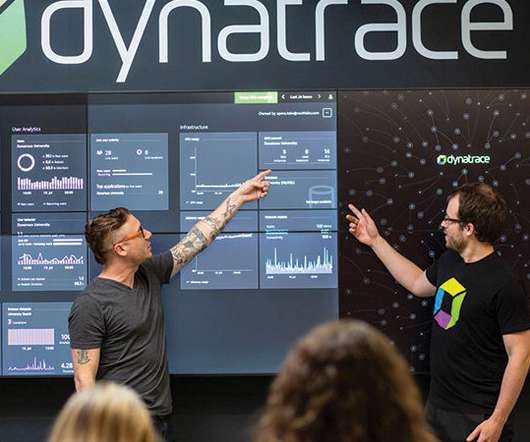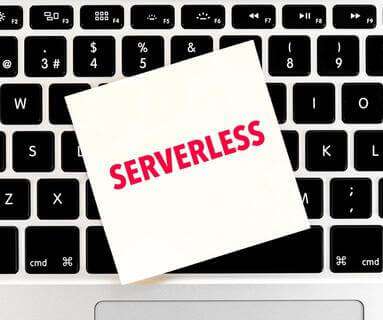What is Google Cloud Functions?
Dynatrace
OCTOBER 11, 2021
In recent years, function-as-a-service (FaaS) platforms such as Google Cloud Functions (GCF) have gained popularity as an easy way to run code in a highly available, fault-tolerant serverless environment. What is Google Cloud Functions? GCF is part of the Google Cloud Platform. Dynatrace news.























Let's personalize your content